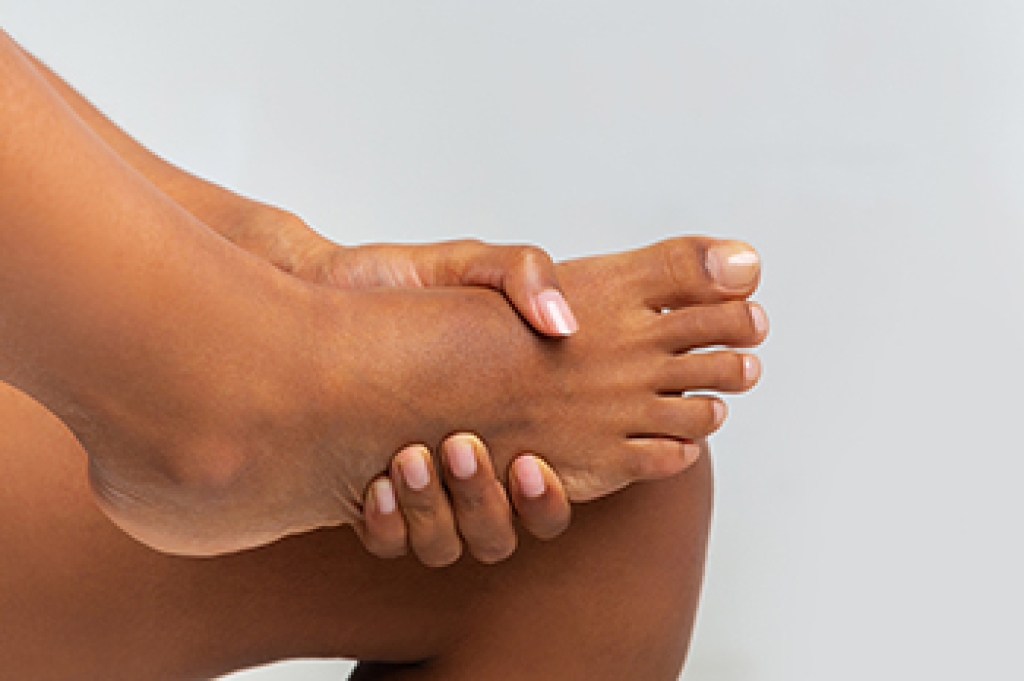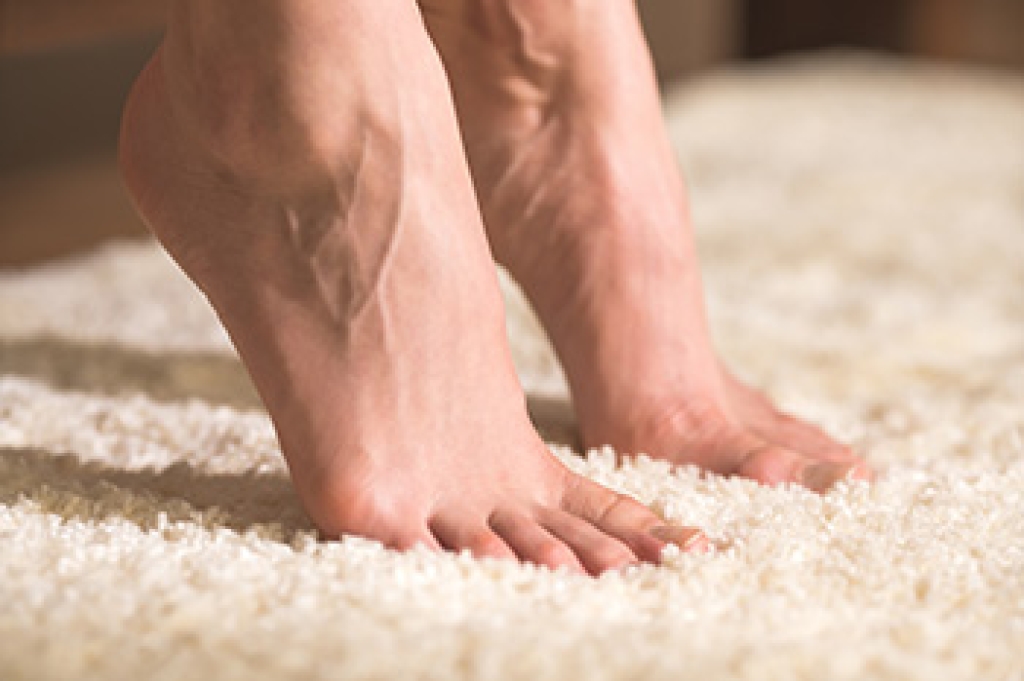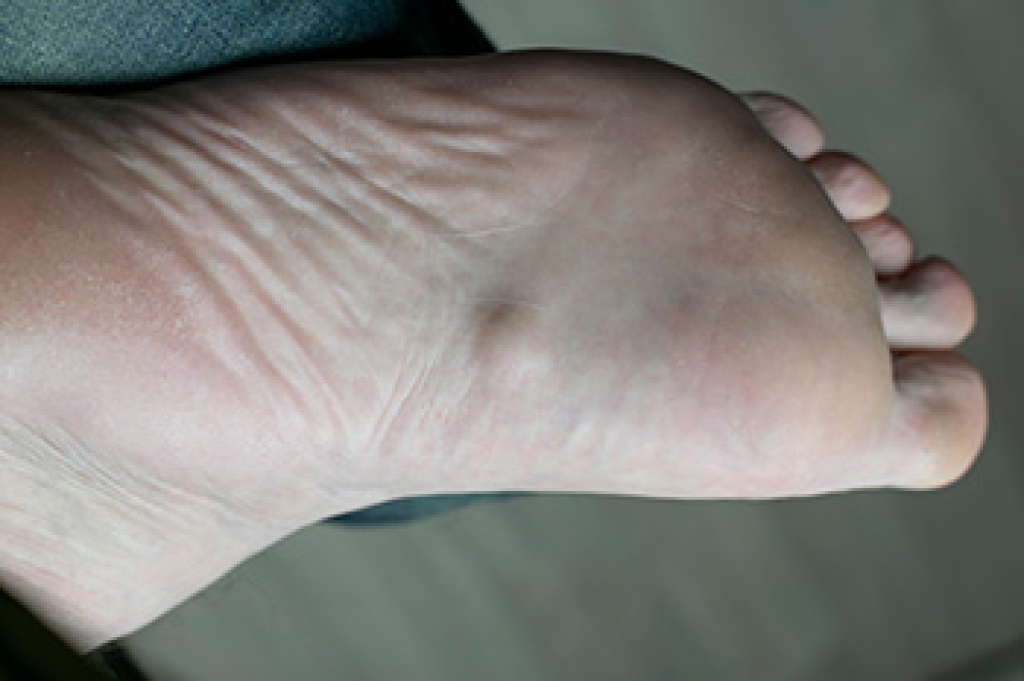
Pain in the ball of the foot, also known as metatarsalgia, occurs when the tissues in this area become irritated or strained. This discomfort can develop from a sprain, Morton’s neuroma, bursitis, arthritis, or a bunion that changes pressure on the front of the foot. People may feel aching, burning, or sharp sensations that worsen when walking or standing. These issues often result from improper footwear, high impact activity, or changes in foot structure. A podiatrist can identify the exact cause, reduce inflammation, improve foot alignment, and recommend supportive footwear or custom inserts to ease pressure. If you have ongoing pain in the ball of your foot, it is suggested that you consult a podiatrist who can determine the cause and offer effective relief and treatment solutions.
Foot Pain
Foot pain can be extremely painful and debilitating. If you have a foot pain, consult with Leonard Talarico, DPM from Georgia. Our doctor will assess your condition and provide you with quality foot and ankle treatment.
Causes
Foot pain is a very broad condition that could be caused by one or more ailments. The most common include:
- Bunions
- Hammertoes
- Plantar Fasciitis
- Bone Spurs
- Corns
- Tarsal Tunnel Syndrome
- Ingrown Toenails
- Arthritis (such as Gout, Rheumatoid, and Osteoarthritis)
- Flat Feet
- Injury (from stress fractures, broken toe, foot, ankle, Achilles tendon ruptures, and sprains)
- And more
Diagnosis
To figure out the cause of foot pain, podiatrists utilize several different methods. This can range from simple visual inspections and sensation tests to X-rays and MRI scans. Prior medical history, family medical history, and any recent physical traumatic events will all be taken into consideration for a proper diagnosis.
Treatment
Treatment depends upon the cause of the foot pain. Whether it is resting, staying off the foot, or having surgery; podiatrists have a number of treatment options available for foot pain.
If you have any questions, please feel free to contact our office located in Pooler, GA . We offer the newest diagnostic and treatment technologies for all your foot care needs.



